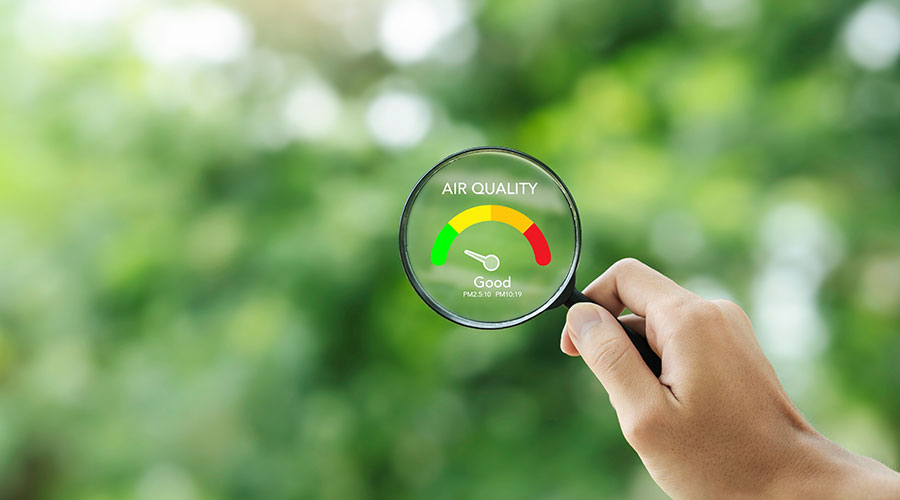Studies Confirm Impact of Mold on Health
A pair of studies to be published in the journal Indoor Air have quantified the considerable public health risks and economic consequences in the United States from building dampness and mold.
A pair of studies to be published in the journal Indoor Air have quantified the considerable public health risks and economic consequences in the United States from building dampness and mold.
One paper by William J. Fisk, Quanhong Lei-Gomez and Mark J. Mendell, all from the U.S. Department of Energy's Lawrence Berkeley National Laboratory, concludes that building dampness and mold raised the risk of a variety of respiratory and asthma-related health outcomes by 30-50 percent.
"Our analysis does not prove that dampness and mold cause these health effects," Fisk says. "However, the consistent and relatively strong associations of dampness with adverse health effects strongly suggest causation by dampness-related [pollutant] exposures."
The second paper, by David Mudarri of the U.S. Environmental Protection Agency (EPA) and Fisk, uses results of the first paper plus additional data on dampness prevalence to estimate that 21 percent of current asthma cases in the U.S. are attributable to dampness and mold exposure.
"Of the 21.8 million people reported to have asthma in the U.S., approximately 4.6 million cases are estimated to be attributable to dampness and mold exposure in the home," says the study. In addition, this paper estimates that "the national annual cost of asthma that is attributable to dampness and mold exposure in the home is $3.5 billion." The paper also summarizes the considerable evidence of adverse health effects from dampness and mold in offices and schools, and suggests that exposure to dampness and mold in those venues appear to have similar health impacts on those exposed.
Mudarri and Fisk suggest that "a significant community response" is warranted given the size of the population affected and the large economic costs. Preventative and corrective actions include:
* better moisture control during the building's design
* moisture control practices during construction
* improved preventive maintenance of existing buildings to include a comprehensive moisture-control program, including control of water intrusions from outside, plumbing leaks, condensation and humidity control, and other causes of moisture accumulation or mold growth.
The Berkeley Lab paper provides quantitative estimates of the increased risks of having current asthma, being diagnosed with asthma, and having related health effects when people live in homes with visible dampness or mold problems. These estimates are based on a statistical analyses of a large number of previously published studies, none of which by themselves are a suitable basis for overall risk quantification.
The EPA paper's results are based on the analyses of studies of this health issue cited in a 2004 report released by the Institute of Medicine (IOM) of the National Academy of Sciences and more recently published studies. The IOM report, which is considered the current consensus of the U.S. scientific community, concluded that excessive indoor dampness is a public health problem but did not offer any overall quantitative assessment.
These studies are part of the Indoor Air Quality Scientific Findings Resource Bank project, funded by the Indoor Environments Division, Office of Radiation and Indoor Air of the EPA. The project is a cooperative venture between EPA and Berkeley Lab to quantify the health and productivity impacts of indoor air exposures and make those data publicly accessible.
The papers are available from the web site of the
/Indoor Air/ journal.
Related Topics:











